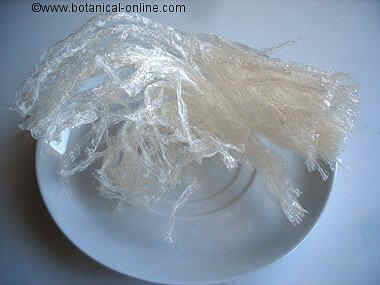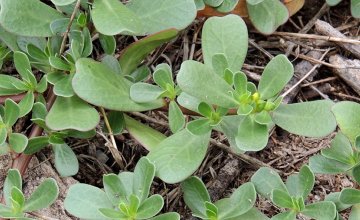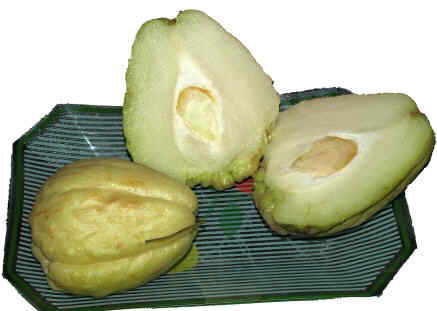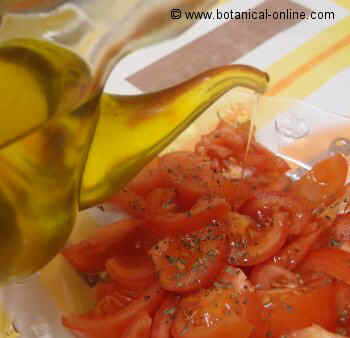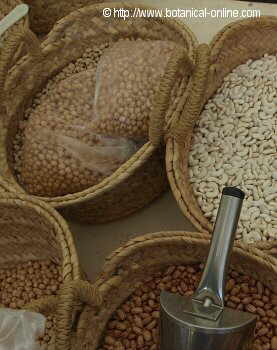Contents
Nutritional properties of the olive tree (Olea europaea L.)
Food properties of the olive tree
The olive tree (Olea europaea L.) is a medicinal and edible tree, with great historical importance in the food and culture of Mediterranean civilizations. From the olive tree, we primarily use the fruit, the olive. It can be consumed in two forms: whole (prickled olives) and in the form of oil (olive oil).
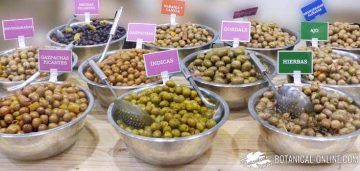
Prickled olives
The olives undergo a treatment to extract their acidity and make them edible. This is done through a procedure that consists of subjecting them to a caustic soda bath. They must then be preserved in brine (a highly concentrated saline solution).
Making pickled olives is an art. There are many varieties, in every color and size imaginable. We invite you to visit a market and try the different types of olives on offer. They are delicious!
Can you eat raw olives?
There is also the possibility of eating them raw. Once picked, when they have not yet ripened, they must be crushed and placed in a bath of water, which should be changed daily for about 10 days.
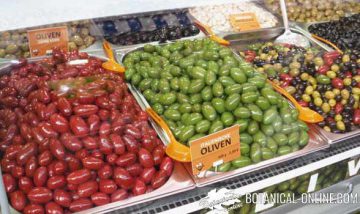
Afterwards, they can be brined and seasoned to your liking, from the typical way of doing it with aromatic herbs (savory, fennel, bay leaf, orange peel, etc.) to the way of doing it by adding garlic or pepper, for example.
Aperitif properties of olives
Eating olives as a starter at meals stimulates the digestive system, which is beneficial for people who suffer from digestive problems due to a lack of gastric juices. However, given their high salt content, eating too many of them is not recommended, especially in cases of hypertension or obesity.
Olivada properties
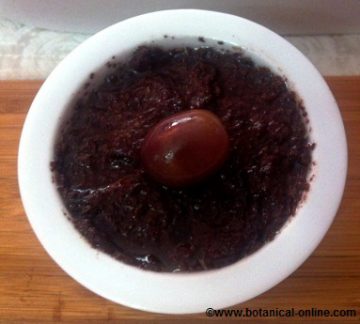
Olivada is a delicious olive pâté that is traditionally prepared in the Mediterranean region. It’s served with toast.
How is olive oil extracted?
Olive oil is the main emblem of the Mediterranean diet, along with aromatic herbs and an abundance of fruits and vegetables.
For the extraction of olive oil, olive oil can be extracted in two ways:
- By physical means (by pressing the fruit or centrifuging, from which flows what is known as extra virgin olive oil – which requires a maximum oleic acid content of 1%, virgin olive oil – with 2% acidity, until reaching rampant olive oil which exceeds 3.3% acidity and cannot be used for food purposes. (It receives this name because it was previously used as fuel to light lamps).
- By chemical means, using solvents that give rise to so-called refined oils.
Regardless of the method used, inedible waste is used, among other things, to fertilize fields.
![]() More information on olive tree
More information on olive tree

